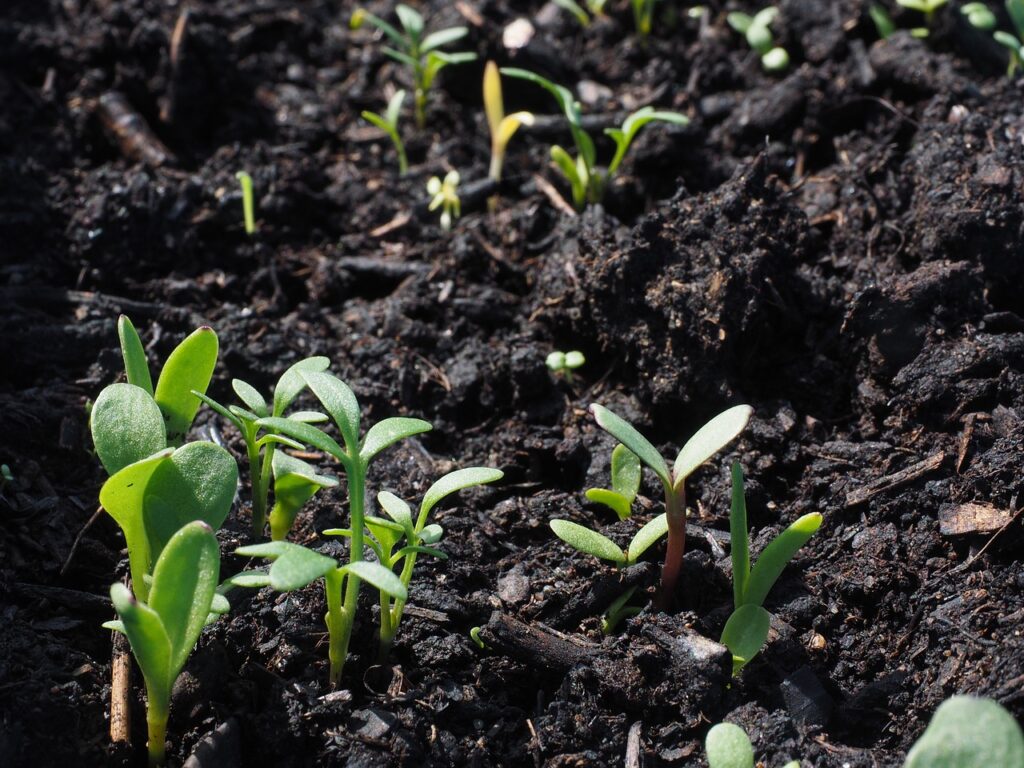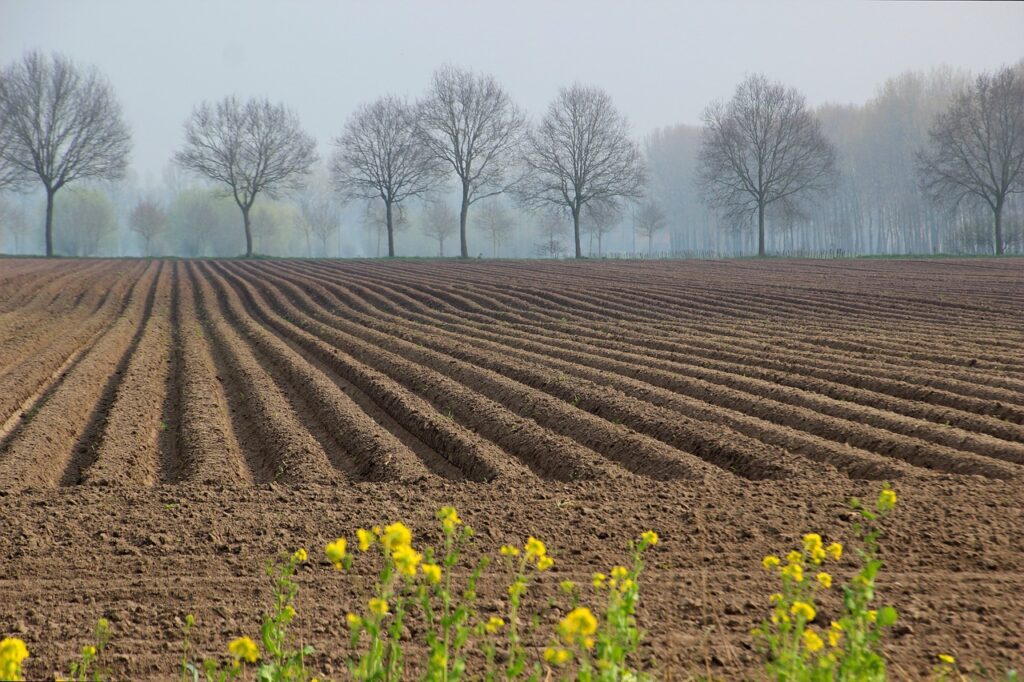Soil is the basis for agriculture and food security in South America, a region blessed with a great diversity of climates and landscapes. However, soil degradation is a pervasive threat that can compromise long-term agricultural productivity.
In this article, we will explore best practices for the management and preservation of productive soils in countries with tropical, subtropical and temperate climates.
Conservation of topsoil: key to agricultural sustainability
The topsoil, that thin layer of soil where cultivated plants develop their roots, is an invaluable resource. To preserve it, it is crucial to adopt sustainable agricultural practices, such as the crop rotation and the direct seeding.
The crop rotation helps maintain soil health by diversifying the types of roots and organic residues that are returned to the soil. As for the direct seeding prevents erosion by leaving crop residues on the surface to protect the soil from rain and wind.
Water management: erosion control and infiltration improvement
Water is a vital resource, but it can also be destructive to soils if not managed properly.

In tropical and subtropical countries, where heavy rainfall is common, it is essential to implement erosion control measures, such as terraces and living barriers, to prevent the loss of fertile soil. In addition, water conservation techniques, such as the construction of infiltration trenches and rainwater harvesting, can improve moisture retention and water infiltration into the soil, especially in drought-prone areas.
Conclusions
The management and preservation of productive soils in South America is not only a matter of agricultural production, but also of long-term sustainability. Adopting practices that conserve topsoil and control erosion and water is essential to ensure the viability of agriculture in the region. In doing so, we not only protect natural resources, but also ensure food security and the well-being of future generations.



